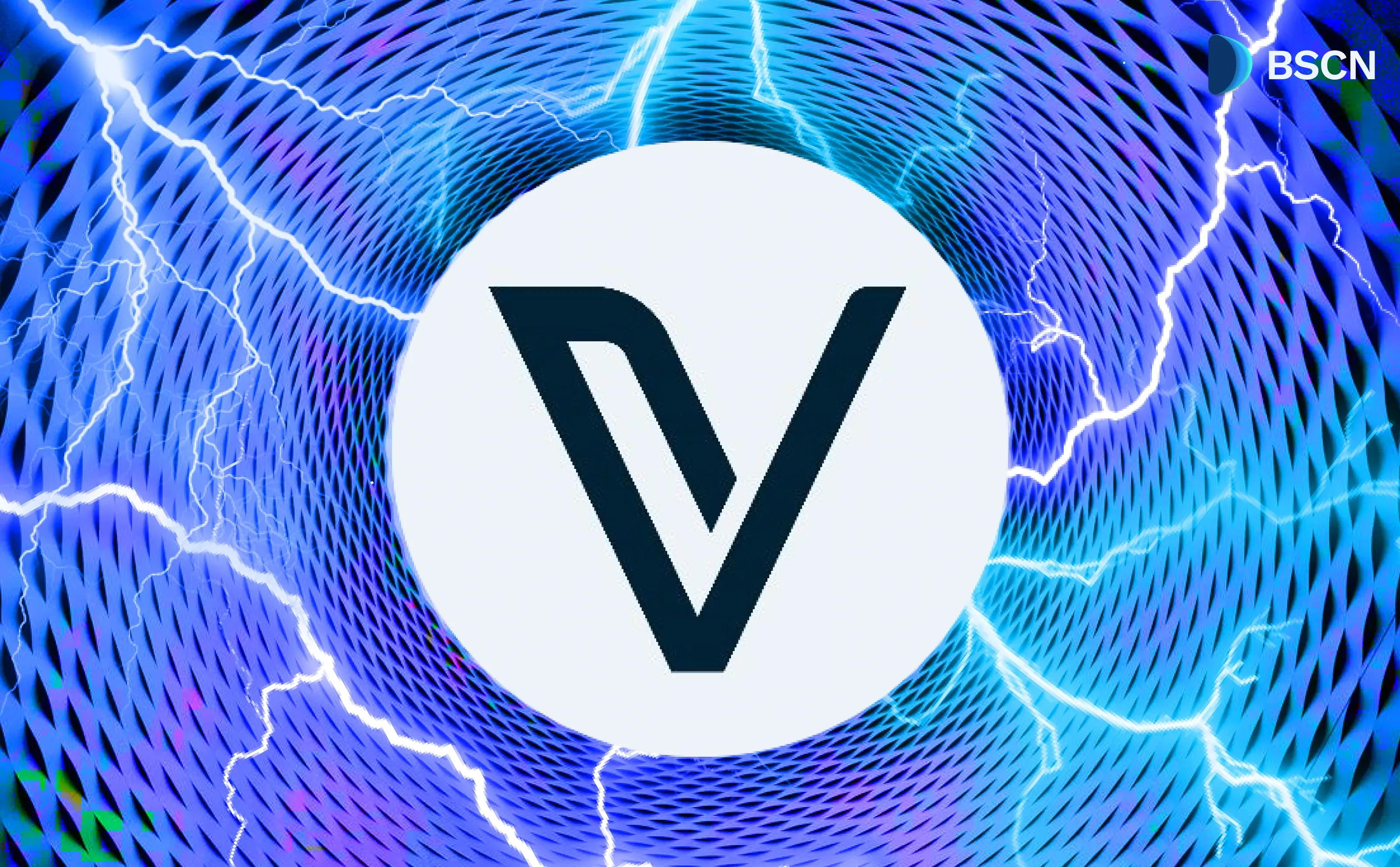WEB3
Believe: A Crypto Thesis by GSR

Punched in the gut, crypto is down but not out. GSR review where cryptocurrencies may be headed and why we should remain optimistic.
GSR
February 10, 2023

Thoughts on Crypto Price Action
With bitcoin down 67% from its November 2021 high and altcoins faring even worse, the putrid price action of the last 14 months has driven pessimism and despondency towards crypto from even its most ardent supporters. However, we contend that such volatile price action is normal and expected, given the nascency of the technology and related uncertainty around future cash flows and less precise valuation methodologies, lowering the fundamental information content contained in large moves.
Bitcoin’s Historical Price Movements

Moreover, we contend that much of the price movement has been driven by sentiment - similar to rising US software industry valuations in 2021 despite falling earnings - and by the macro environment - given the about-face in rate expectations in late 2021 - rather than a change in crypto’s underlying fundamentals or its long-term outlook.
The Dot-Com bust is a historical parallel where overexuberance and a supportive macro environment quickly crashed as both sentiment and the backdrop flipped, though the adoption, development, talent, and capital garnered during the boom laid the foundations for transformational technology that now touches our everyday lives. And the silver lining for crypto is that the dramatic price decline now offers a significantly greater upside for those with their theses still intact - we contend that the smart money is not only HODLing but also doubling down.
Crypto’s Long-Term Future State
With price a poor signal for what blockchain/crypto may become, there are a number of indicators and analyses telling of the current and future state of the industry, such as:
Use Cases & Benefits: Blockchains bring about many use cases and benefits not possible with other technologies. First, as open, decentralized networks executing code as written and storing data in a transparent and tamper-evident manner, blockchain technology allows for the removal of intermediaries by replacing them with autonomous, trustless code, such as in decentralized finance. Second, unlike traditional finance that is built on antiquated rails, blockchain technology reimagines the rails themselves to allow for permissionless value exchange with near-zero costs and near-instant settlement at any second of any day. Lastly, blockchain technology enables new paradigms around governance (e.g., DAOs), ownership (e.g., NFTs), and business models (e.g., token incentives). These revolutionary use cases and benefits should fuel continued adoption and development.
Bitcoin Properties & Blockchain Use Cases

Mental Models: Mental models can help one better understand complex concepts and offer insights into what may lie ahead. One particularly pertinent mental model is that of the web, with blockchain/crypto powering its next phase. Indeed, web1 was characterized by static web pages connected by hyperlinks and controlled by businesses (i.e., the read-only web), while web2 ushered in dynamic, user-generated, community-centric web pages (i.e., the read-write web). Now, web3, using blockchain technology and tokens, is built, owned, and operated by its users rather than big tech (i.e., the read-write-own web). A second mental model is that of computer evolution, where early corporate mainframes were owned and used by large entities, and later gave rise to personal computers owned and used by individuals. Now, blockchain technology is ushering in the era of the public computer, a virtual computer existing nowhere and everywhere, owned by no one but used by all. These next iterations of the web and the computer may just be their biggest ones yet.
Web1, Web2, Web3 Comparison

Underlying Fundamentals: Another method to assess the current and future states of crypto is to examine its long-term underlying fundamental trends. Adoption and usage, for example, continue to increase despite the bear market, with the number of crypto users up ~40% over the course of 2022 and total transactions on Ethereum and its layer twos up a combined 30% in 4Q22 versus 4Q21. Development continues to increase as well, with the number of verified smart contracts deployed up 50% in 2022 and the number of full time crypto developers up 8% year-over-year as of January 2023. And despite the well-publicized layoffs, employment remains well above where it was just a few years ago, with employee counts up at most key crypto companies. Lastly, the total amount of venture capital invested in 2022 roughly matched that of the prior year, and while the pace of deployment has slowed, the $22b of funds raised last year by VCs to invest in crypto/web3 companies provides plenty of dry powder to fuel the industry for years to come. These trends amount to long-term secular expansion.
Long-Term Underlying Crypto Fundamentals

Key Challenges: Another way to assess crypto’s long-term prospects is to examine whether its main challenges may be overcome. The lack of regulation is a key challenge for centralized crypto services; however, many jurisdictions are either close to adopting comprehensive regulatory frameworks or are actively thinking about how to do so. Risks around safety and security cannot be understated, though efforts to lower smart contract risk, improve the custody experience, and reduce scams are underway. UI/UX remains particularly clunky, though many are working to abstract away the blockchain component, with efforts around account abstraction, new primitives/utilities, mobile accessibility, and privacy/interoperability. And there is a renewed focus on real utility over Ponzinomics, all suggesting that crypto will overcome these formidable challenges over time.
Total Crypto Currency Value Received by Illicit Addresses, 2017 - 2022

Areas of Particular Promise: Cutting-edge areas may offer the opportunity to onboard large swaths of the population, portending well for the industry. Zero-knowledge proofs, for example, allow one to prove that a statement is true without revealing any other information and will usher in cloud-scale decentralized computation, anonymous payments, and new identity constructs, to name a few. And within identity, a new decentralized paradigm will enable users to own, control, and profit from their identity and data with greater privacy and security and without the need for centralized parties. Modular blockchain protocols will separate and optimize each of the core blockchain functions of execution, consensus, settlement, and data availability to achieve high security, speed, and decentralization all at once and enable mass adoption. And decentralized hardware networks will incentivize physical infrastructure development, put otherwise idle resources to work, and provide a worthy challenger to big infrastructure oligopolies.
Areas at the Forefront of Crypto Innovation

Conclusion
The numerous risk events of the past year and precipitous drop in token prices have put cryptocurrency shortcomings on full display and have led to widespread dejection across the space. Still, we contend that large price declines are normal and expected, given the nascency of the industry, and that price action of the last two years was driven more by sentiment and macro conditions than by a change in underlying fundamentals or the ultimate outlook for what crypto may become. Indeed, when examining various blockchain/crypto analyses and indicators - use cases and benefits, mental models, underlying fundamentals, key challenges, and areas of particular hope - the future looks exceptionally strong. It won’t happen overnight, as past episodes of technology adoption and changes in consumer behavior took decades to play out, but the opportunity is massive, with global crypto users representing just 5% of the total population and the cryptocurrency market cap representing just 0.8% of that of both equities and bonds. So despite the atrocious year that 2022 was, the future of crypto has never looked so bright. In short, we still believe.
This is a guest post from CoinMarketCap with GSR and has been edited for style. The original article was published here.
What is CoinMarketCap:
CoinMarketCap is the world's most-referenced price-tracking website for digital assets in the rapidly growing cryptocurrency space. Its mission is to make crypto discoverable and efficient globally by empowering retail users with unbiased, high-quality, and accurate information for drawing their own informed conclusions.
Where to find CoinMarketCap:
Website | Twitter | Telegram | LinkedIn |
What is GSR:
GSR has ten years of deep crypto market expertise and a track record of making profound progress on behalf of its clients. GSR functions as a market maker, asset manager, and active, multi-stage investor. GSR sources and provides spot and non-linear liquidity in digital assets for token issuers, institutional investors, miners, and leading cryptocurrency exchanges.
Where to find GSR:
Website | Twitter | LinkedIn |
Author

GSR
Latest News
Crypto Project & Token Reviews
Project & Token Reviews
Comprehensive reviews of crypto's most interesting projects and assets
Learn about the hottest projects & tokens
Latest Crypto News
Get up to date with the latest crypto news stories and events










